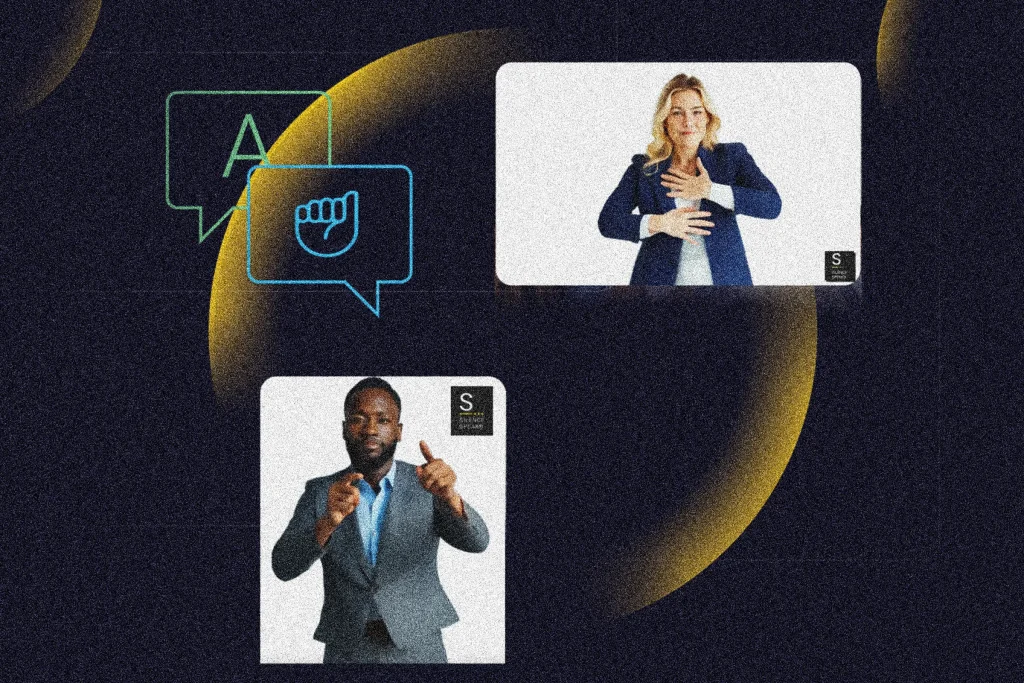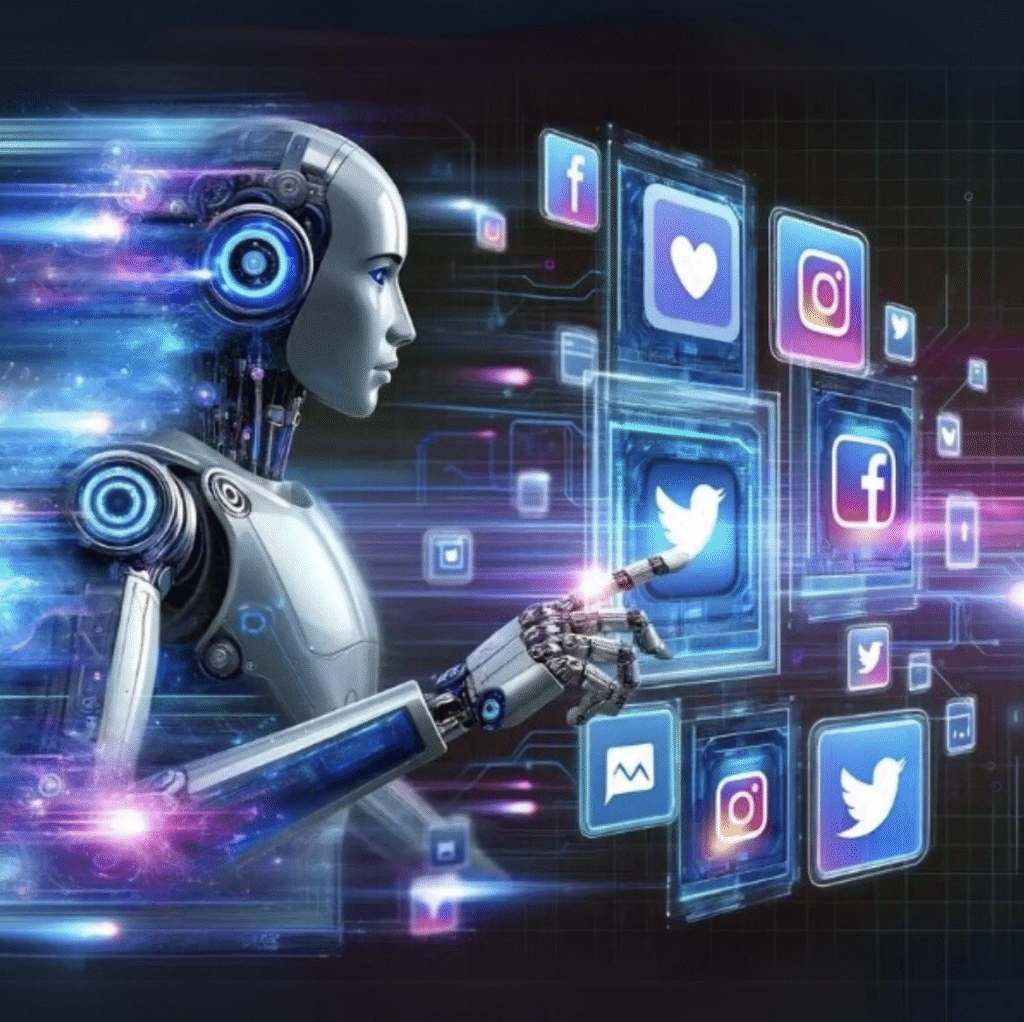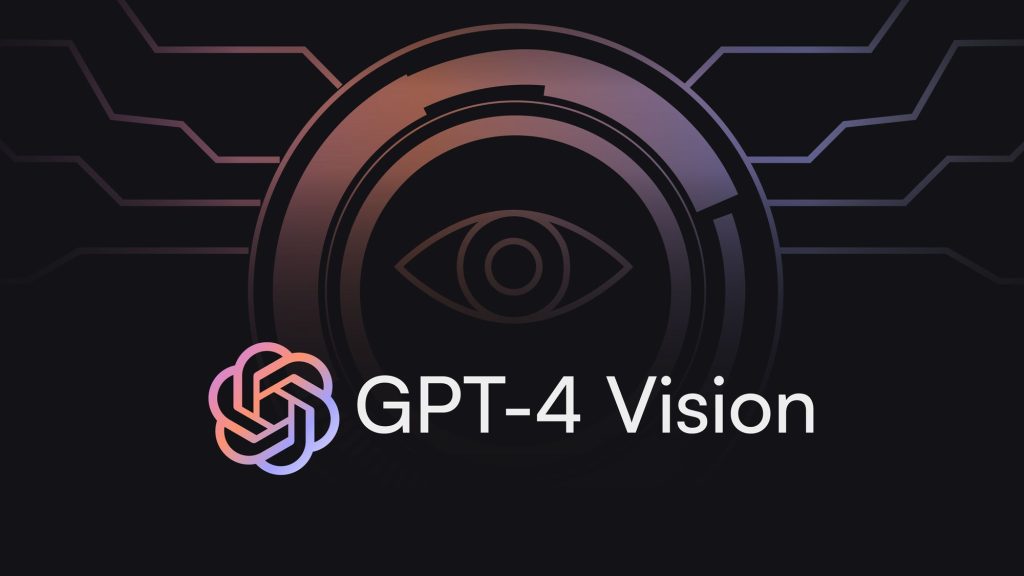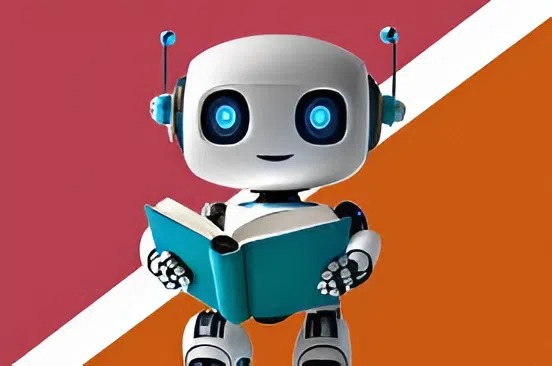New AI Model Enables Real-Time Translation for Sign Language Users.

In recent years, artificial intelligence has been making leaps and bounds in various fields, transforming how we live, work, and communicate. One of the most exciting developments in the realm of AI is the creation of an innovative model that offers real-time translation for sign language users. This advancement not only heightens inclusivity but also fosters seamless communication between individuals who communicate through spoken language and those who rely on sign language. Let’s delve into how this technology works, its real-world applications, and the potential it holds for the digital lifestyle.
The Technology Behind Real-Time Sign Language Translation
At the heart of real-time sign language translation are advanced machine learning algorithms and neural networks. These AI models are trained on vast datasets consisting of diverse sign language gestures. By leveraging computer vision, a subfield of AI, these models can accurately and swiftly interpret hand movements, facial expressions, and body language associated with different sign languages.
The system captures the sign language through a camera, processes it in real-time, and then translates it into spoken or written language on a connected device. The AI’s capability to learn and adapt from continuous data inputs ensures its ability to recognize a wide array of signs and dialects, making it highly versatile and user-friendly.
Benefits and Impact on the Deaf Community
The implementation of real-time sign language translation provides a plethora of benefits, particularly for the deaf and hard-of-hearing communities:
1. Enhanced Accessibility and Inclusion
By breaking down language barriers, this technology ensures that sign language users can participate more fully in social, educational, and professional settings. It provides them with a voice, quite literally, that can be understood by those who do not know sign language.
2. Improved Communication in Emergencies
In situations where quick communication is crucial, such as during emergencies, real-time translation can be a lifesaver. It ensures that crucial information is conveyed accurately and promptly.
3. Expanding Opportunities
The ability to communicate effectively with hearing people can open up new avenues in terms of job opportunities and social interactions, contributing to a more inclusive society.
Challenges and Considerations in Implementation
While the potential of AI-driven sign language translation is immense, there are several challenges and considerations to keep in mind:
1. Diversity of Sign Languages
Just as spoken languages vary by region and culture, so do sign languages. Each country or region may have its own distinct version, and sometimes, different dialects may exist within the same community. Training AI models to recognize these variations requires extensive datasets and refined algorithms.
2. Non-Verbal Nuances
Sign language is not just about hand movements; facial expressions and body language also carry significant weight. The AI must be sophisticated enough to capture the subtleties of these gestures accurately.
3. Privacy Concerns
As the system relies on camera inputs, it is crucial to address privacy concerns comprehensively. Ensuring data security and securing user consent before collecting and processing visual data is vital.
Real-World Applications of AI-Assisted Translation
The emergence of AI-assisted real-time translation extends beyond personal communication; it holds promise in various sectors:
1. Education
AI-driven tools can transform classrooms, allowing deaf students to follow lessons in real-time, similar to their hearing peers. This technology can also be employed to train educators in bridging communication gaps.
2. Healthcare
In the healthcare sector, effective communication is essential. Real-time translation ensures that healthcare providers can communicate efficiently with patients reliant on sign language, enhancing care quality.
3. Public Services and Events
Public service announcements, meetings, and live events can become more inclusive by integrating AI translation services, allowing sign language users to access information simultaneously with others.
Potential Concerns: Striking a Balance
While the promise of AI in real-time translation is substantial, we must remain vigilant about potential concerns:
1. Over-Reliance on Technology
It’s important to maintain a balance between technology use and traditional sign language education. Individuals should be encouraged to learn sign language to foster direct human connections without total reliance on devices.
2. Ensuring Accessibility
The cost of such technologies should be manageable to avoid creating a socio-economic divide. Efforts should be made to keep these services affordable and accessible to all.
Conclusion: A Leap Towards an Inclusive Digital Lifestyle
AI’s capability to perform real-time translation for sign language users is a monumental stride towards inclusivity and accessibility in the digital age. By bridging the gap between spoken and sign language, this technology has the potential to transform lives and create a more inclusive society where everyone can communicate effortlessly. While challenges exist, the continuous evolution of AI and the commitment to developing ethical, inclusive solutions promise a future where language is no longer a barrier but a bridge. With ongoing advancements, the dream of an entirely accessible world is becoming a tangible reality.
As AI continues to evolve, its application in facilitating communication across diverse groups highlights the potential for technology to foster a more inclusive, understanding, and connected world, especially in our digital lifestyles.








